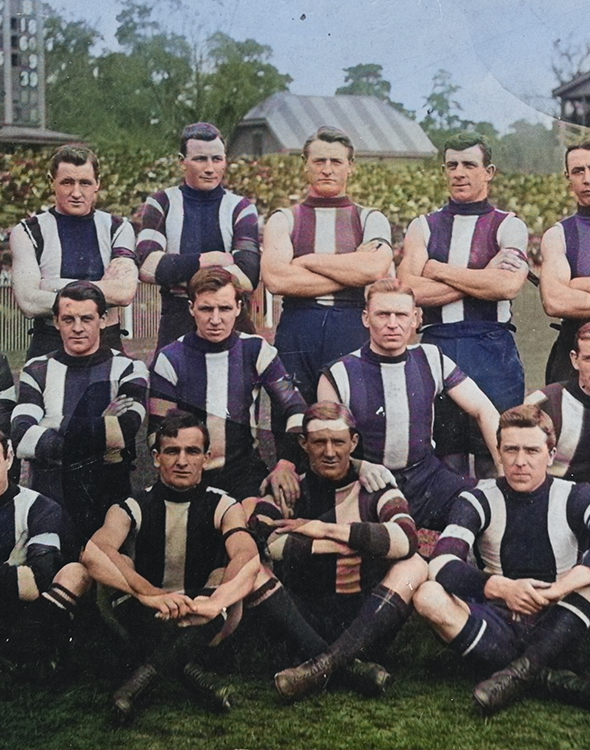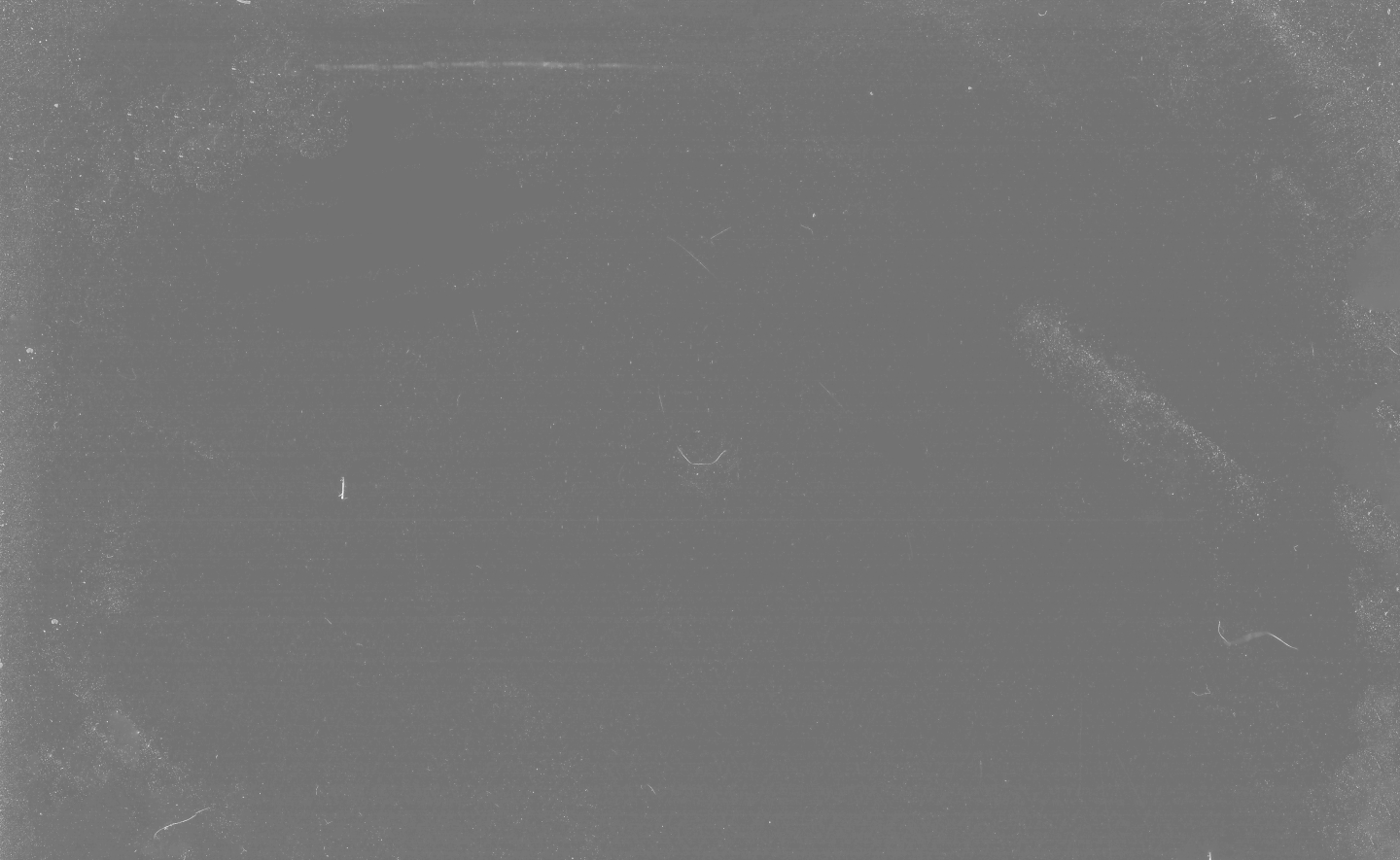
One of the proudest and oldest sporting institutions in the world, St Kilda has endured – both through immeasurable triumph and unmatched adversity – to be the bearers of an inimitable story with loyalty and passion at its heart.
It has resisted dissolution with a resilience that has since been engrained into its very identity, binding together those who wear the colours.
While other clubs are defined by the number of Premierships or rich veins of success, it is the undeniable spirit of St Kilda and its people which has remained unshakable.
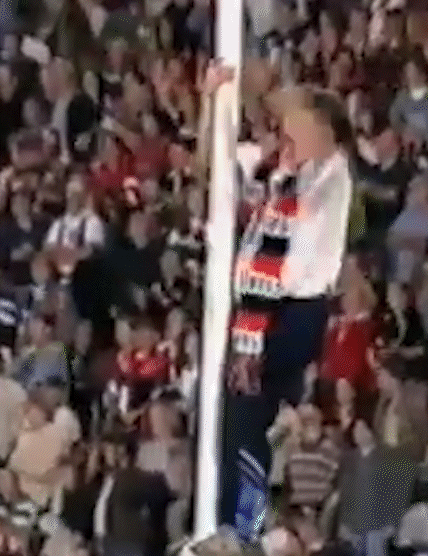
Formed from the remnants of the disbanded South Yarra Football Club, St Kilda Football Club was officially established on April 2, 1873.
Alongside other formalities, the occasion confirmed the red, white and black colour scheme. South Yarra’s red and white merged with the black and white of the new St Kilda, birthing the famous tricolours which have lasted to this day.
Initially, the guernsey was arranged in horizontal formation and was complete with a white neckerchief, later replaced by a yoke.
Located near what is now St Kilda Railway Station, the name derives from St Kilda Council’s earlier attempt to raise alpacas as a commercial enterprise. It’s fair to say the entrepreneurial endeavour didn’t take off the way it was initially hoped.
The suburb of St Kilda was once the playground of inner Melbourne; a place of colour where mansions abounded, entertainment venues were plentiful and the party was never too far away. Not much has changed today.
It was the perfect characterisation of the Saints of old, whose off-field antics put its on-field situation in predicaments both humorous and unfathomable in today’s age.
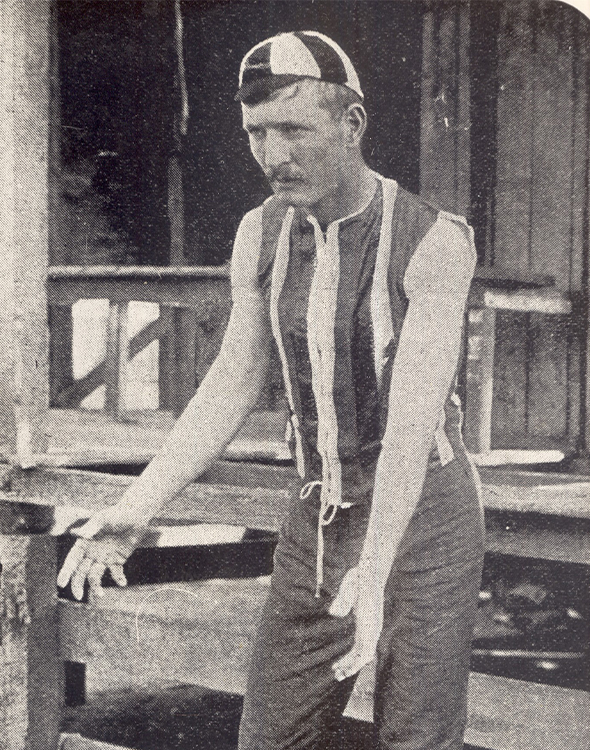
The Saints were granted entry into the Victorian Football Association (VFA) in 1877 as a foundation member, beginning the next chapter of its life as a football club.
Although the club found it hard in those formative years, there were signs of the resilience that would become its trademark. Their mystifying knack for rallying together against the best sides served as a precursor to the fighting spirit that would manifest over the following decades.
After stints in an out of the VFA due to flippant form and a lack of numbers, the Saints were granted full readmission in 1886 after finding a new home at Junction Oval.
There was an upheaval at the end of 1896 as eight clubs from the Victorian Football Association broke away and formed the Victorian Football League; the competition – now called the AFL – that is beloved far and wide today.
St Kilda’s home ground of Junction Oval was a major factor in its invitation, with its central location and size guaranteed to draw large crowds for the then-fledgling league.
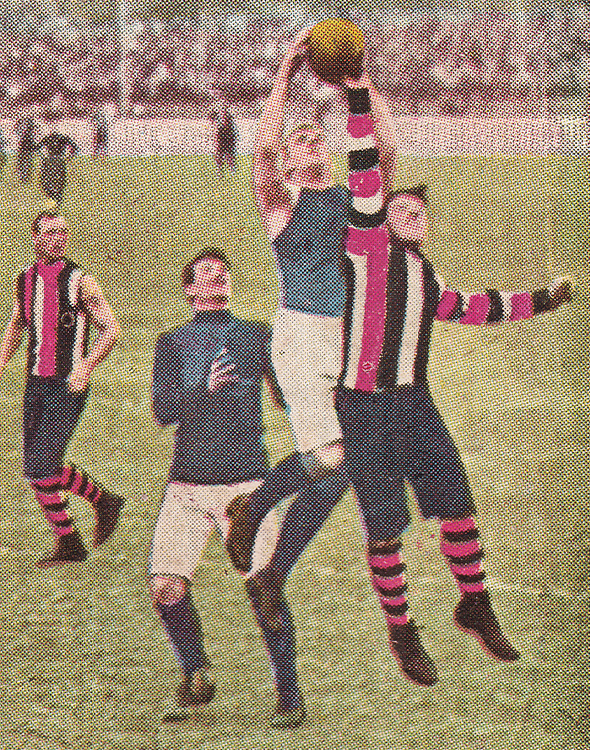
St Kilda’s first-up triumph in the VFL came in 1900 – three years after its introduction – and even then, it was shrouded in controversy.
The season’s opening match against the eventual Premiers, Melbourne, was originally declared a draw before the Saints protested the result due to a scoring error.
The appeal was successful. The subsequent investigation found a crucial point had been incorrectly counted, ultimately snapping the three-year winning drought.
St Kilda climbed its way off the bottom of the ladder by 1903, but victories were sandwiched in-between hefty defeats.
The recruitment of Tasmanian duo Vic Cumberland and Vic Barwick gave the Saints upside, and with the addition of talented forward Dave McNamara, the success-starved side began their crawl up the ladder.
It wasn’t until 1907 that St Kilda made its maiden finals berth. A pre-eminent Carlton proved the Saints’ undoing, mirroring the outcome the following year as the red, white and black again made the play-offs.
Despite rumours he had been paid to “play dead” in the weeks prior, explosive centreman Billy Schmidt sank the winning goal from 60 metres out to book the Saints’ place in the 1913 finals series and knock powerhouse Carlton out of contention.
The Saints had defeated Fitzroy in the subsequent preliminary final, but the Roys had the “right of challenge” – as per league rules at the time – as they had finished on top of the ladder that season.
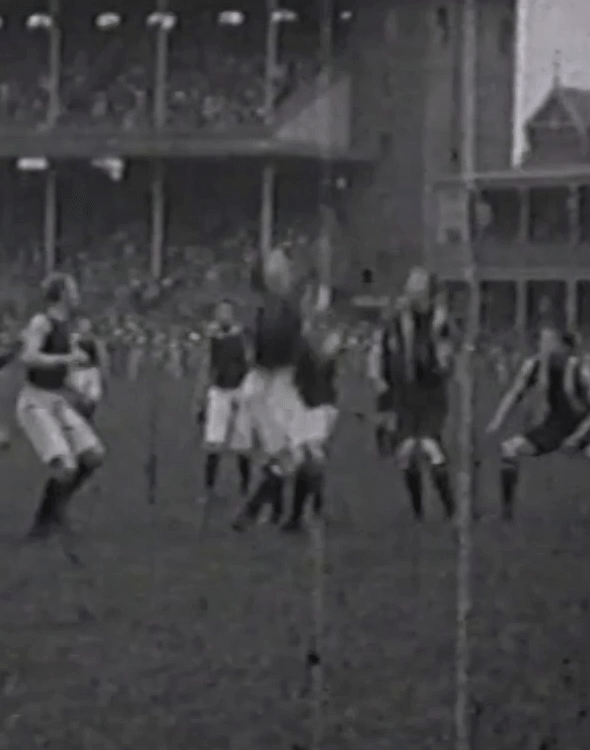
The Saints were within a point when Des Baird marked within kicking distance, but the experienced George Morrisey – who had been nominated as ‘captain of the attack’ and all fellow forwards told to follow his directions – called for the ball under pressure. His shot missed, and Fitzroy spirited the ball away and booted two goals to seal the flag.
Grand Final heartbreak was quickly overshadowed by the outbreak of World War I, as St Kilda’s fighting spirit departed the football field for the battlefields of Gallipoli.
